Predicting the future of IoT doesn’t require a crystal ball; it demands an understanding of the transformative forces that are reshaping our world. The Internet of Things (IoT), a revolutionary network of interconnected devices and systems, is propelling us into a new era of possibilities.
As we stand on the cusp of this technological evolution, it’s evident that the future of IoT holds immense potential to revolutionize industries, redefine business models, and enhance the very fabric of our daily lives.
The rapid advancement of technology has paved the way for a world where virtually everything is interconnected. Internet of Things (IoT), has brought about revolutionary changes to the way we live, work, and interact with our surroundings.
From machine learning algorithms to AI-powered chatbots, we are now already intertwined with many innovative technological approaches. So, are we ready to put electronic devices that can communicate with each other at the center of our lives and embrace the future of IoT?
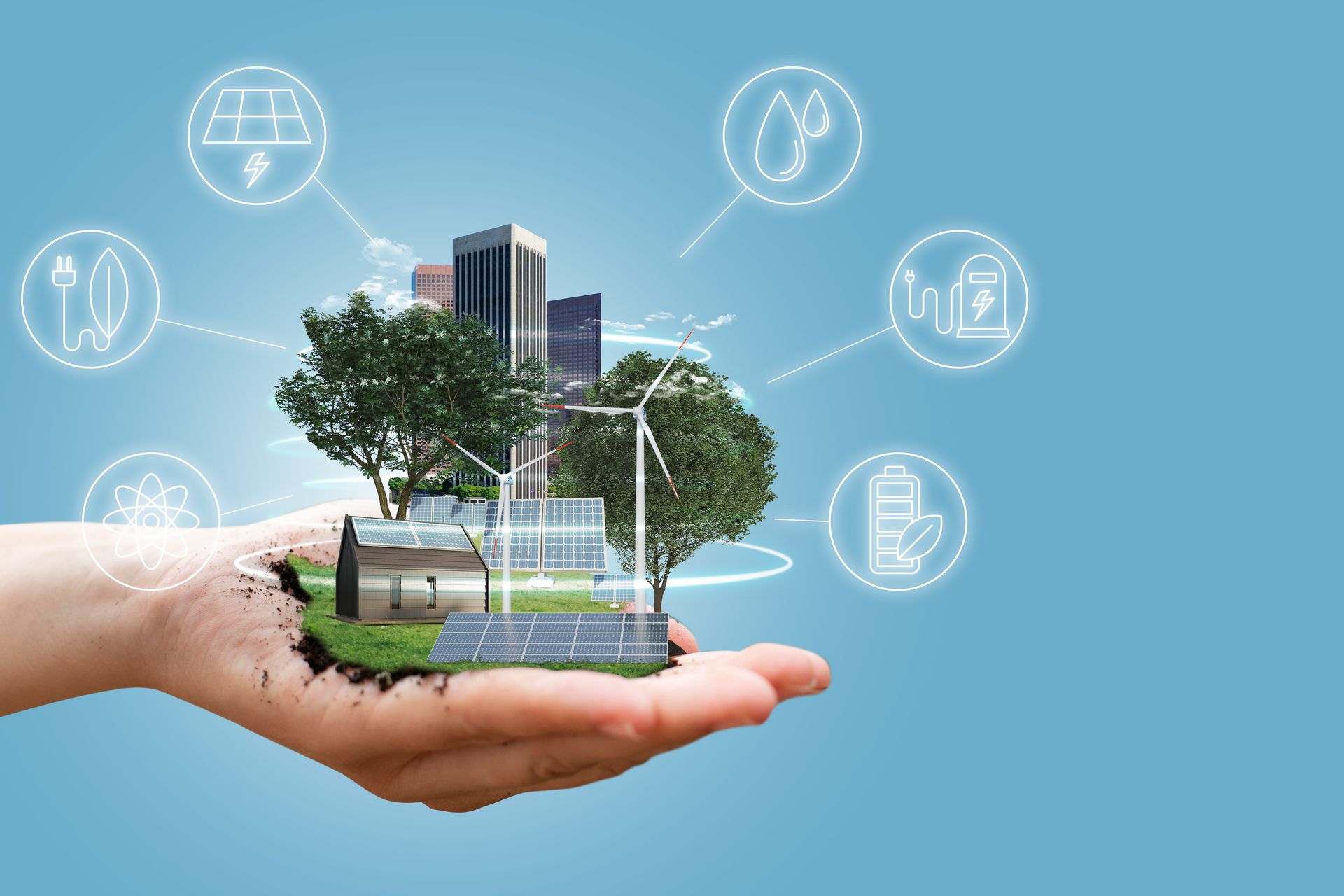
Don’t have to be a fortuneteller to predict the future of IoT
Before we talk about the future of IoT let us go through the definition and the current trends in IoT technology as of 2023. At its core, IoT refers to the interconnection of everyday objects, devices, and systems through the internet, enabling them to collect, exchange, and analyze data. This connectivity empowers us to monitor and control various aspects of our lives remotely, from smart homes and wearable devices to industrial machinery and city infrastructure. The essence of IoT lies in the seamless communication between objects, humans, and applications, making our environments smarter, more efficient, and ultimately, more convenient.
As of now, IoT has already permeated various sectors, ushering in a new era of possibilities. Industrial IoT (IIoT) has transformed manufacturing processes, optimizing production, predictive maintenance, and supply chain management. Smart cities utilize IoT to enhance urban living by improving traffic flow, energy consumption, and public services. Healthcare has also embraced IoT, with wearable devices monitoring vital signs and providing early warnings for potential health issues. Agriculture, retail, and transportation are just a few more examples of sectors benefiting from IoT integration.
The proliferation of IoT devices and the exponential growth of data generated by them have led to several trends and developments. Edge computing has gained prominence, enabling data processing closer to the source, reducing latency, and enhancing real-time decision-making. AI and machine learning are employed to extract insights from vast datasets, empowering businesses and individuals with valuable information. Furthermore, the rise of 5G networks promises higher bandwidth and lower latency, catalyzing the growth of IoT applications, and creating the foundations of the future of IoT.
Exploring the dynamic fusion of AI and the IoT
Looking ahead, the future of IoT holds remarkable potential. Over the next five years, we can expect a multitude of advancements that will reshape industries and lifestyles. Smart cities will continue to evolve, leveraging IoT to enhance sustainability, security, and quality of life. The healthcare sector will witness even more personalized and remote patient monitoring, revolutionizing the way medical care is delivered. AI and automation will play a pivotal role, in driving efficiency and innovation across various domains.
Autonomous vehicles will become more prevalent, with IoT-enabled sensors ensuring safer navigation and smoother traffic flow. Agriculture will benefit from precision farming, utilizing data-driven insights to optimize crop yield and resource utilization. The industrial sector will see increased adoption of robotics and automation, leading to streamlined operations and reduced downtime. As these trends unfold, the boundary between the digital and physical worlds will blur further, creating a seamless and immersive experience.
Enhancing urban living
In the future of IoT, the internet of things’ integration into smart cities holds transformative potential. Imagine a city where traffic congestion is a thing of the past, waste management is optimized, and energy consumption is minimized. Smart traffic management systems, equipped with IoT sensors and real-time data analysis, can dynamically adjust traffic signals, reducing congestion and improving overall traffic flow. Waste management becomes efficient as sensors in trash bins monitor fill levels, allowing for optimized collection routes, reducing costs and environmental impact.
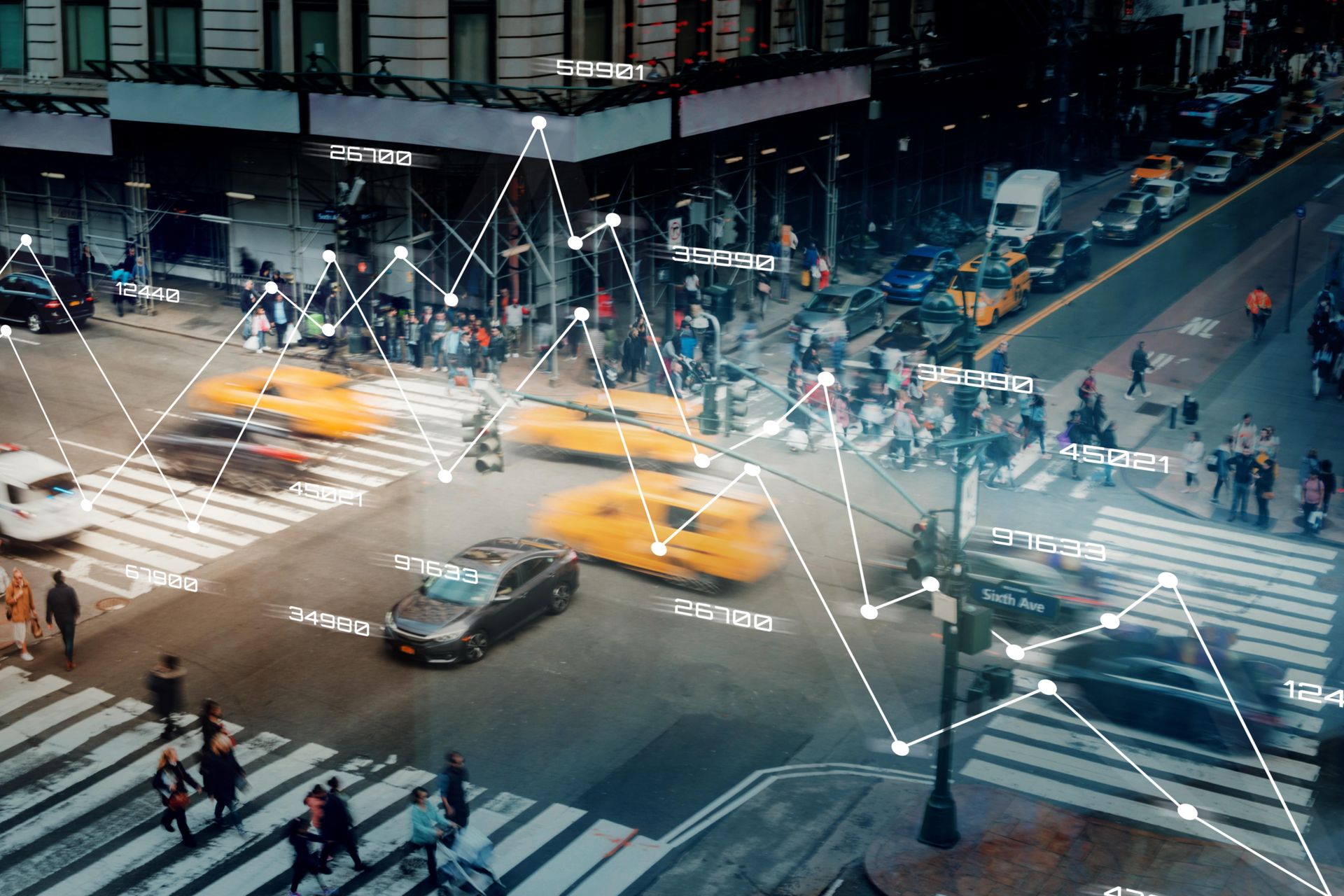
Smart lighting systems brighten streets only when needed, and saving energy is another part we must consider as a benefit we can get from the future of IoT. Environmental monitoring stations equipped with IoT devices continuously collect data on air quality, noise levels, and weather conditions, helping city planners make informed decisions for a healthier urban environment. Smart parking systems guide drivers to available parking spaces, reducing the frustration of circling for parking and lowering carbon emissions.
Personalized and remote care
IoT’s impact on healthcare is profound, with the potential to revolutionize patient care. Wearable devices embedded with sensors continuously monitor vital signs such as heart rate, blood pressure, and glucose levels. This real-time data is transmitted to healthcare providers, enabling timely interventions for patients with chronic conditions. Remote patient monitoring allows doctors to track progress without frequent hospital visits, enhancing patient convenience and reducing healthcare costs.
IoT-enabled smart pills incorporate tiny sensors that transmit data when ingested, helping doctors monitor medication adherence. Hospitals benefit from IoT-powered asset tracking systems, ensuring equipment is readily available when needed. Additionally, AI-powered diagnostic tools analyze medical images, assisting doctors in detecting diseases early and accurately.
Efficiency and innovation
AI and automation coupled with IoT bring efficiency and innovation to various industries. In manufacturing, IoT-connected sensors on machinery provide real-time performance data, enabling predictive maintenance and minimizing downtime. Robotics integrated with IoT optimize warehouse operations, reducing manual labor and increasing productivity.
In customer service, chatbots and virtual assistants powered by AI interact with customers, addressing queries and providing information 24/7. AI-driven data analytics processes vast amounts of information, extracting valuable insights for informed decision-making. For example, retailers utilize AI to analyze consumer behavior, enhancing marketing strategies and product recommendations.
Safer and smoother transportation
IoT’s role in autonomous vehicles goes beyond self-driving capabilities. Sensors integrated into vehicles communicate with each other and with infrastructure, enhancing road safety and traffic management. Vehicle-to-vehicle (V2V) communication allows cars to share information about speed, direction, and braking, preventing collisions and creating a safer driving environment.
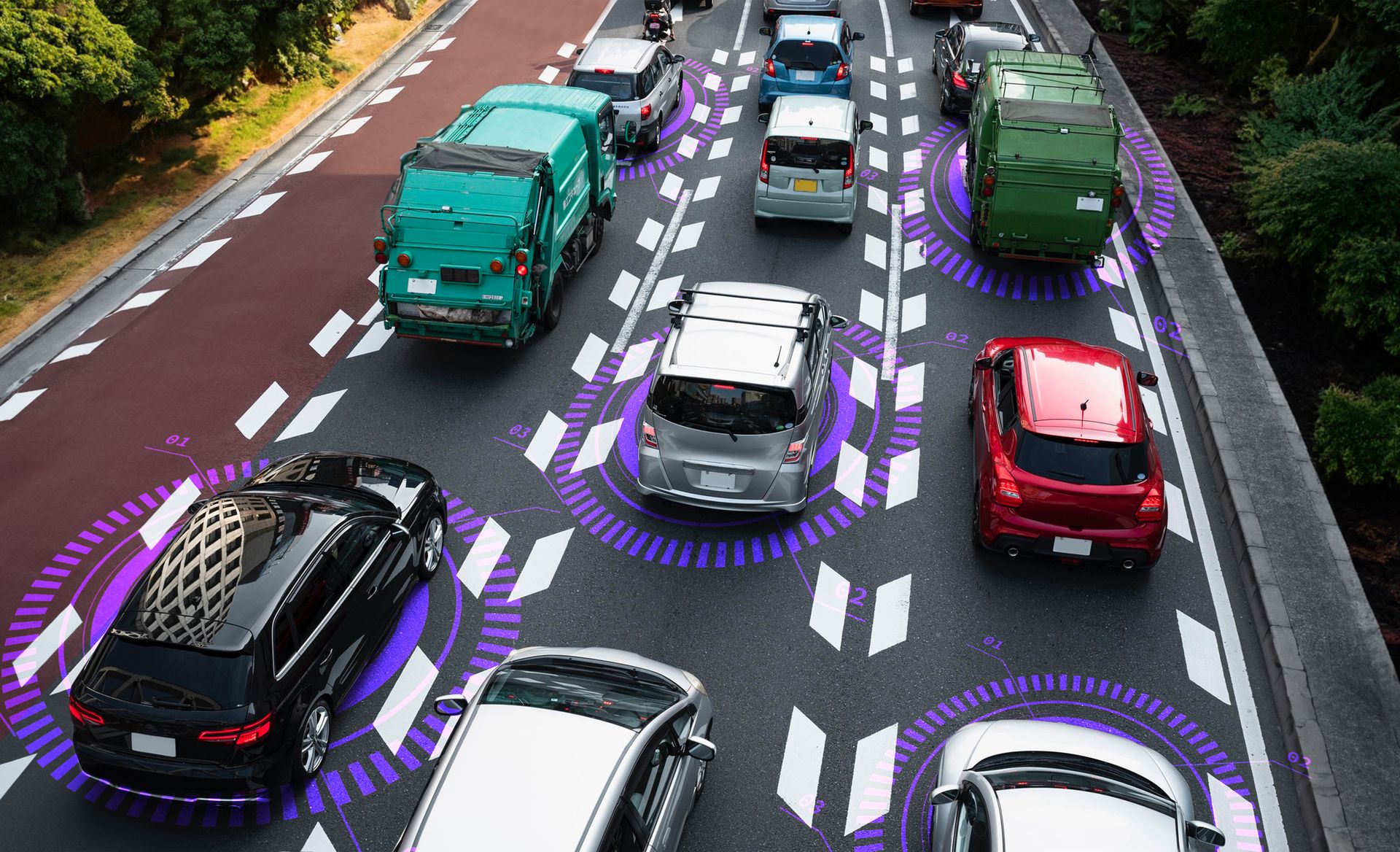
Vehicle-to-infrastructure (V2I) communication enables cars to receive real-time traffic data and adjust routes accordingly. IoT-powered autonomous vehicles can optimize traffic flow, reducing congestion and travel time. Moreover, IoT sensors monitor vehicle health, predicting maintenance needs and ensuring vehicles are roadworthy. So the future of IoT has the potential to solve the ongoing traffic problems all around the world.
Precision farming for sustainable yield
IoT’s impact on agriculture, known as precision farming or smart agriculture, has the potential to revolutionize how we produce food. Sensors in the soil measure moisture levels, nutrient content, and temperature, enabling farmers to provide the optimal conditions for crops. Drones equipped with IoT sensors survey vast fields, identifying areas needing attention, such as irrigation or pest control.
Livestock farming benefits from IoT-enabled wearable devices that monitor animal health and behavior. This data helps farmers detect illness early and improve breeding practices. IoT-powered irrigation systems ensure water is distributed efficiently, conserving resources. AI algorithms process data from IoT sensors to predict disease outbreaks, optimizing crop yield and reducing waste. As an offering from the future of IoT, agricultural investments can be a solution for both efficiency in food production and a remedy for world hunger.
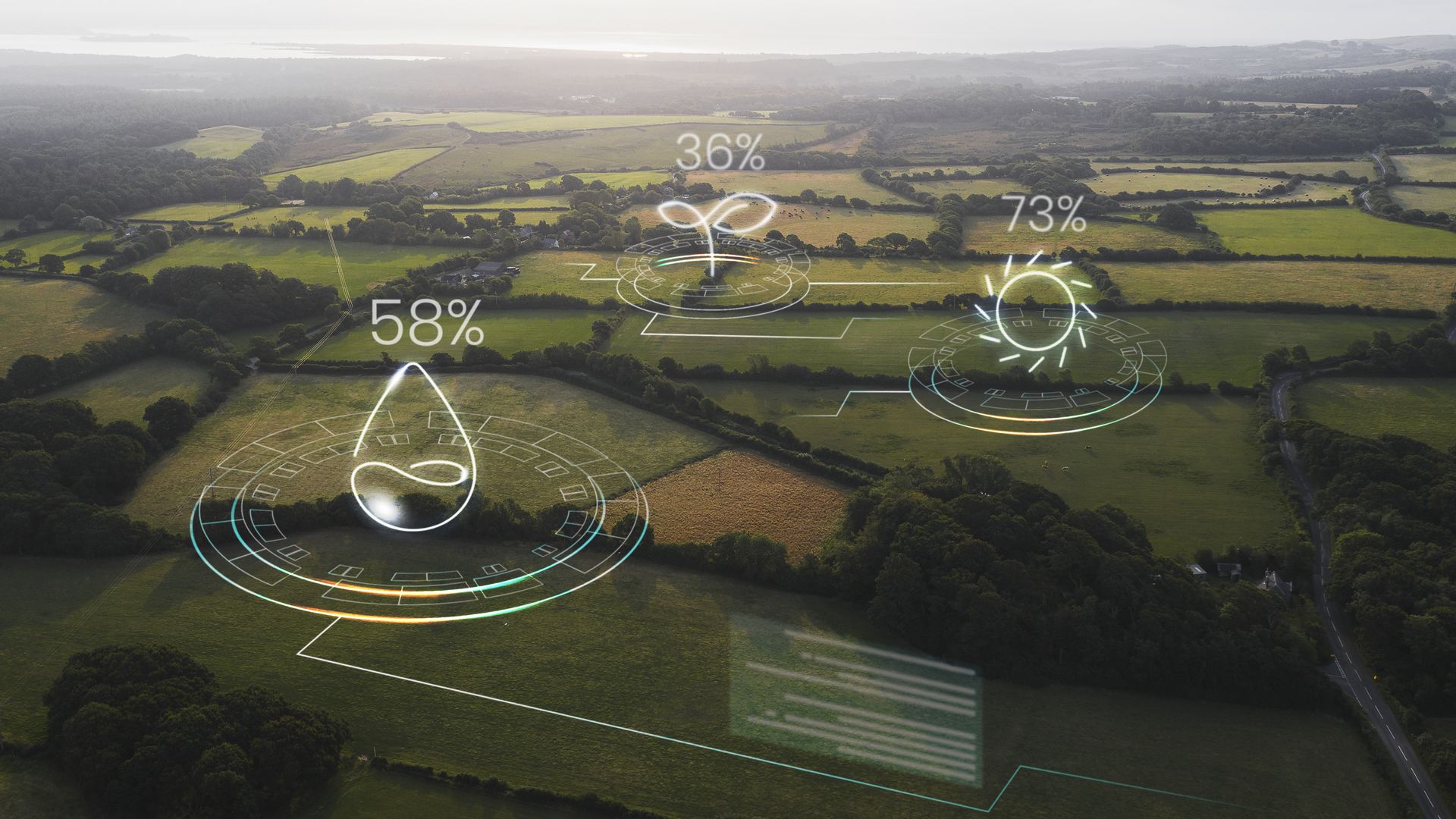
The future of IoT must take a bumpy road
While the future of IoT is promising, it also presents its fair share of challenges. Security and privacy concerns are paramount, as the interconnected nature of IoT leaves room for potential breaches and data misuse. As IoT devices proliferate, ensuring robust encryption, authentication, and regular updates will be crucial. Additionally, the sheer volume of data generated poses challenges in terms of storage, processing, and meaningful analysis. Edge computing and efficient data management strategies will be instrumental in addressing these challenges.
Interoperability and standardization are also critical considerations. With numerous devices and platforms, establishing common protocols and frameworks will facilitate seamless communication and integration. Furthermore, the environmental impact of IoT, including electronic waste and energy consumption, must be carefully managed through sustainable design practices and responsible disposal methods.
How to prepare your business for the future of IoT
The future of business is intertwined with the Internet of Things (IoT), and preparing your company for this transformative era requires careful planning and strategic adaptation. Embracing IoT can unlock new opportunities, enhance operational efficiency, and elevate customer experiences.
Preparing your business for the future of IoT requires a comprehensive approach that encompasses technology, strategy, people, and processes. By understanding IoT’s potential, investing in the right technologies, fostering a culture of innovation, and prioritizing security and customer value, your business can position itself as a leader in the IoT-driven era.
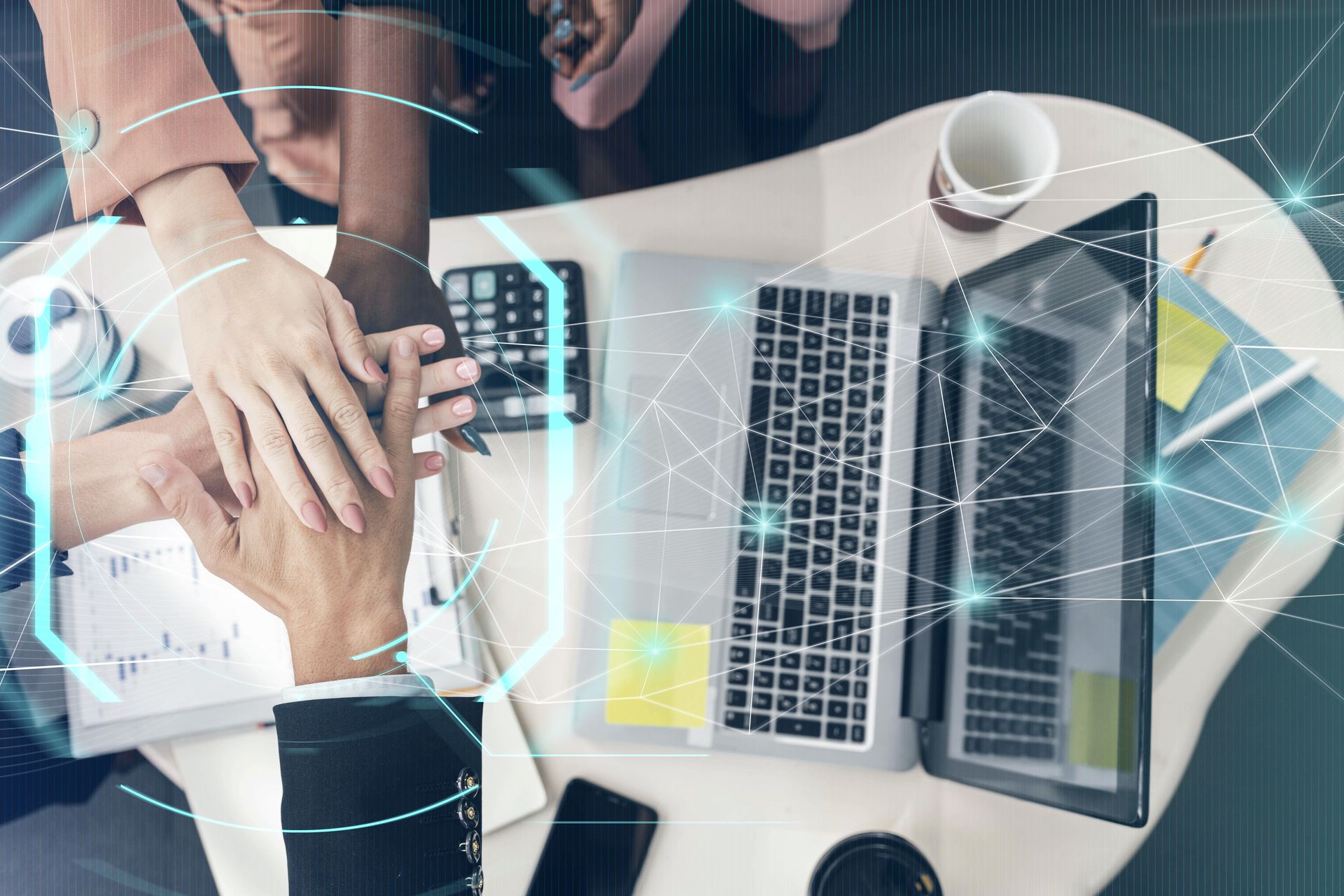
Understand IoT’s relevance to your industry
As said before, the future of IoT is bright and you should start by assessing how IoT aligns with your industry and business model. Identify pain points, inefficiencies, and opportunities where IoT could make a significant impact. Whether you’re in manufacturing, healthcare, retail, or any other sector, understanding the specific benefits of IoT will help tailor your strategy.
Educate your team
Make sure that your team is well-versed in IoT concepts and potential applications. Provide training sessions and workshops to educate employees about the fundamentals of IoT, its benefits, and its potential challenges. Encourage cross-functional collaboration to explore innovative ideas and solutions.
Microsoft’s IoT training program could be the solution to prepare your team for the future of IoT.
Data strategy and analytics
IoT generates massive amounts of data, and deriving actionable insights from this data is crucial. Develop a robust data strategy that includes data collection, storage, analysis, and visualization. Leverage advanced analytics and AI to extract valuable information that informs decision-making, enhances products, and optimizes processes.
Security and privacy
IoT devices and networks create new avenues for cyber threats. Prioritize security by implementing strong encryption, authentication, and access controls for IoT devices and systems. Regularly update firmware and software to patch vulnerabilities. Incorporate privacy considerations to ensure that customer data is handled responsibly and ethically.
Scalable infrastructure
IoT requires a scalable and flexible IT infrastructure. Cloud computing and edge computing are essential components that enable efficient data processing, storage, and real-time analysis. Ensure your infrastructure can accommodate the increasing number of connected devices and the data they generate.
Partnerships and ecosystems
Collaboration is key in the IoT ecosystem. Establish partnerships with technology providers, IoT platform vendors, and data analytics experts. Build a network of partners that can support your IoT initiatives with their expertise and solutions.
Pilot projects and proof of concepts
Start with small-scale pilot projects to test IoT applications before full-scale implementation. These pilots help identify challenges, refine strategies, and demonstrate ROI to stakeholders. Once successful, scale up these projects gradually to get ready for the future of IoT.
Customer-centric approach
IoT should enhance customer experiences. Understand your customers’ needs and preferences to develop IoT solutions that address pain points and deliver value. Personalize offerings and services based on IoT-generated insights to create a more engaging and tailored experience.
Regulatory and compliance considerations
Stay informed about regulations and compliance standards relevant to getting ready for future of IoT in your industry and region. Ensure your IoT implementations adhere to data protection, safety, and environmental regulations.
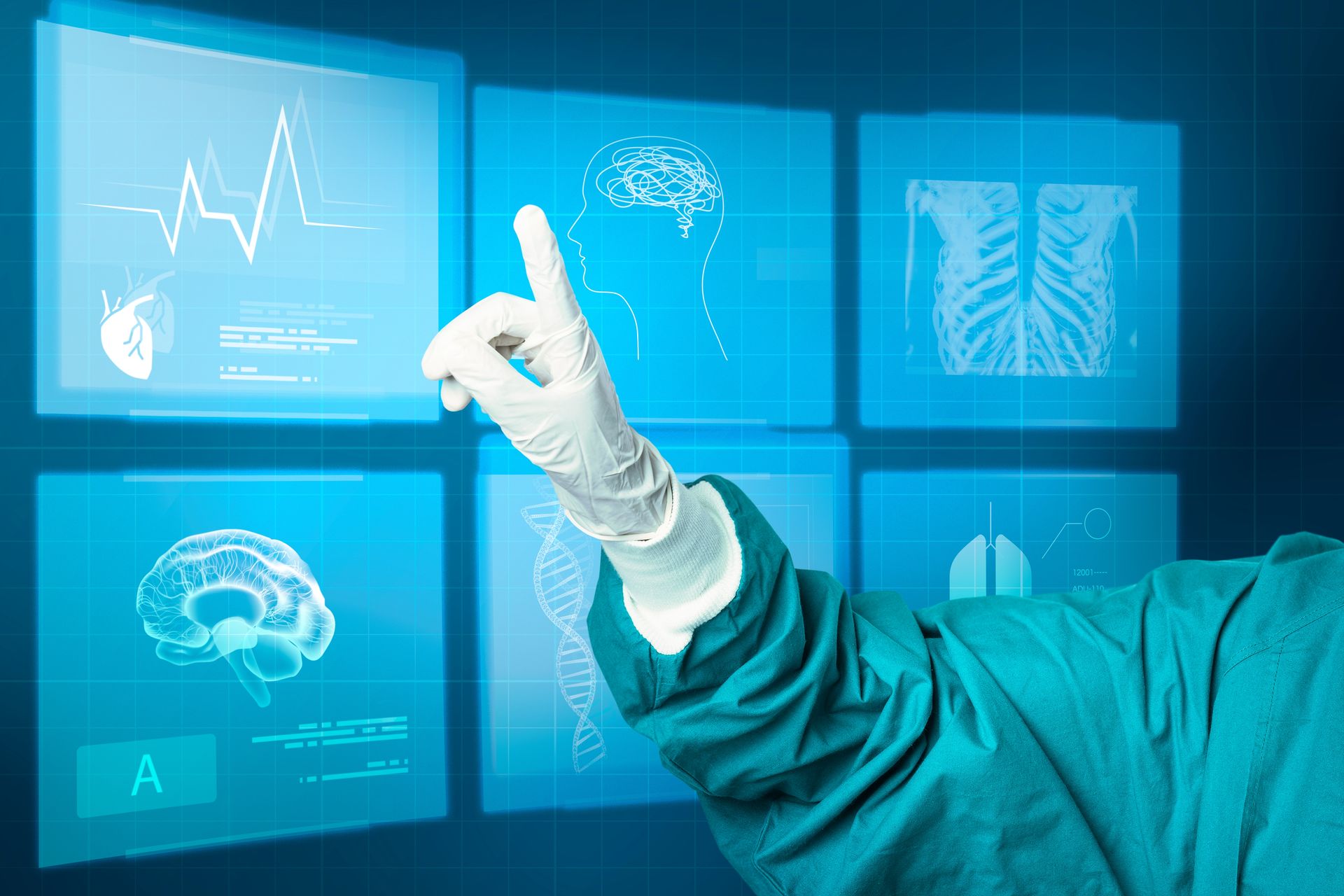
Continuous innovation
IoT is an evolving landscape. Foster a culture of innovation that encourages employees to explore new IoT-driven opportunities. Monitor industry trends, emerging technologies, and customer feedback to adapt your IoT strategy accordingly.
Financial planning and investment
Develop a clear financial plan for your IoT initiatives. Allocate resources for hardware, software, talent acquisition, and ongoing maintenance. Consider the long-term ROI and potential revenue streams that the future of IoT could bring.
Change management
Transitioning to an IoT-driven business model may require organizational changes. Communicate the benefits of IoT to your workforce, manage resistance, and provide training to facilitate a smooth transition.
Measure and optimize
Regularly assess the outcomes of your IoT implementations. Measure KPIs such as efficiency gains, cost savings, customer satisfaction, and revenue growth. Use these insights to refine your IoT strategy and prioritize future initiatives.
The possibilities of IoT are vast and impactful across various sectors. From creating smarter and more sustainable cities to revolutionizing healthcare, enhancing automation and innovation, and improving transportation and agriculture, IoT’s potential is profound. The key to harnessing these possibilities lies in responsible implementation, addressing security and privacy concerns, and fostering collaboration among stakeholders. As we continue to embrace IoT’s potential, we move towards a connected world that is not only more efficient but also more responsive to the needs of individuals and society as a whole.
Featured image credit: fanjianhua/Freepik.
- SEO Powered Content & PR Distribution. Get Amplified Today.
- PlatoData.Network Vertical Generative Ai. Empower Yourself. Access Here.
- PlatoAiStream. Web3 Intelligence. Knowledge Amplified. Access Here.
- PlatoESG. Automotive / EVs, Carbon, CleanTech, Energy, Environment, Solar, Waste Management. Access Here.
- PlatoHealth. Biotech and Clinical Trials Intelligence. Access Here.
- ChartPrime. Elevate your Trading Game with ChartPrime. Access Here.
- BlockOffsets. Modernizing Environmental Offset Ownership. Access Here.
- Source: https://dataconomy.com/2023/08/29/the-future-of-iot-in-the-next-5-years/



